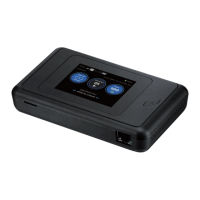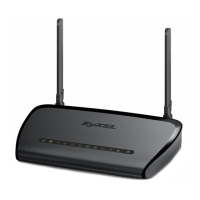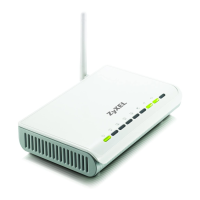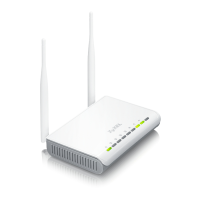Chapter 11 Quality of Service (QoS)
NR/FWA Indoor Series User’s Guide
180
CoS technologies include IEEE 802.1p layer 2 tagging and DiffServ (Differentiated Services or DS). IEEE
802.1p tagging makes use of 3 bits in the packet header, while DiffServ is a new protocol and defines a
new DS field, which replaces the eight-bit ToS (Type of Service) field in the IP header.
Tagging and Marking
In a QoS class, you can configure whether to add or change the DSCP (DiffServ Code Point) value, IEEE
802.1p priority level and VLAN ID number in a matched packet. When the packet passes through a
compatible network, the networking device, such as a backbone switch, can provide specific
treatment or service based on the tag or marker.
Traffic Shaping
Bursty traffic may cause network congestion. Traffic shaping regulates packets to be transmitted with a
pre-configured data transmission rate using buffers (or queues). Your Zyxel Device uses the Token Bucket
algorithm to allow a certain amount of large bursts while keeping a limit at the average rate.
Traffic Policing
Traffic policing is the limiting of the input or output transmission rate of a class of traffic on the basis of
user-defined criteria. Traffic policing methods measure traffic flows against user-defined criteria and
identify it as either conforming, exceeding or violating the criteria.
The Zyxel Device supports three incoming traffic metering algorithms: Token Bucket Filter (TBF), Single
Rate Two Color Maker (srTCM), and Two Rate Two Color Marker (trTCM). You can specify actions which
are performed on the colored packets. See Section 11.4 on page 183 for more information on each
metering algorithm.
Traffic
Time
Traffic Rate
Traffic
Time
Traffic Rate
(Before Traffic Shaping) (After Traffic Shaping)
Traffic
Time
Traffic Rate
Traffic
Time
Traffic Rate
(Before Traffic Policing)
(After Traffic Policing)
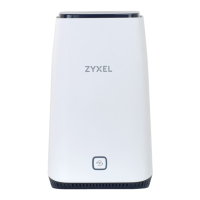
